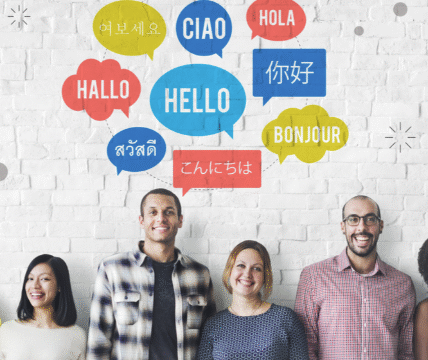Learning a new language involves more than just vocabulary and grammar—it also means connecting with the culture behind the words. Culture shapes how people speak, write, and interact, and understanding it adds depth and meaning to language learning.
Why Culture Matters
Language and culture are deeply connected. Cultural values influence expressions, tone, body language, and even the way ideas are organized in conversation. By learning about cultural traditions, customs, and social norms, language learners gain insight into how and why people communicate the way they do.
Making Language Learning More Meaningful
When learners explore cultural aspects like holidays, music, food, history, and daily life, the language becomes more than just academic. It becomes personal and relevant. For example, understanding traditional greetings or how to express politeness in different settings helps learners use the language respectfully and appropriately.
Encouraging Curiosity and Respect
Cultural learning fosters curiosity and empathy. It helps students see the world from new perspectives and appreciate diversity. Watching films, reading stories, or listening to songs in the target language are enjoyable ways to build cultural knowledge while strengthening language skills.
Building Stronger Communication Skills
Knowing cultural context improves listening and speaking skills. It helps learners pick up on humor, idioms, and nonverbal cues that might otherwise be confusing. This cultural awareness can prevent misunderstandings and lead to more natural, confident communication.
How to Include Culture in Language Study
- Explore authentic content: Use movies, music, and articles from the target culture.
- Celebrate cultural holidays: Learn about and take part in traditional celebrations.
- Connect with native speakers: Online exchanges or conversation groups provide real-world context.
- Read about cultural etiquette: Understanding dos and don’ts helps build respectful interactions.
Conclusion
Language and culture go hand in hand. By embracing both, learners gain a fuller, richer experience and build skills that go beyond words. Cultural understanding not only enhances language proficiency but also helps create more meaningful connections across communities and countries.

